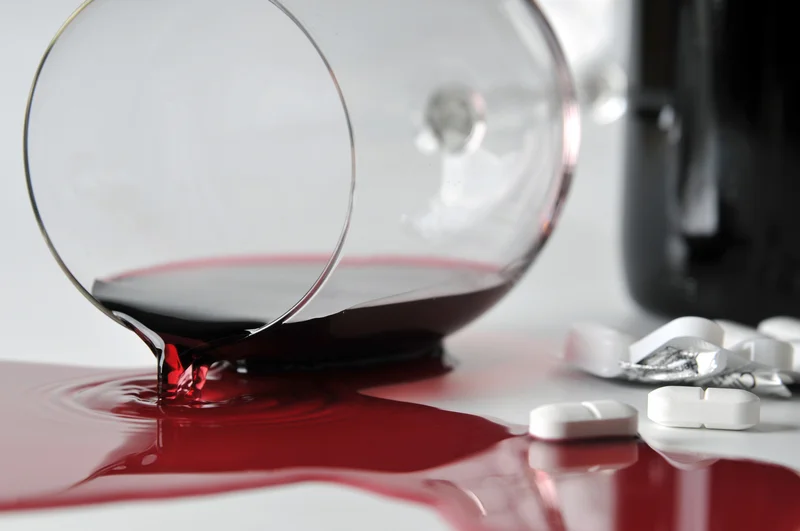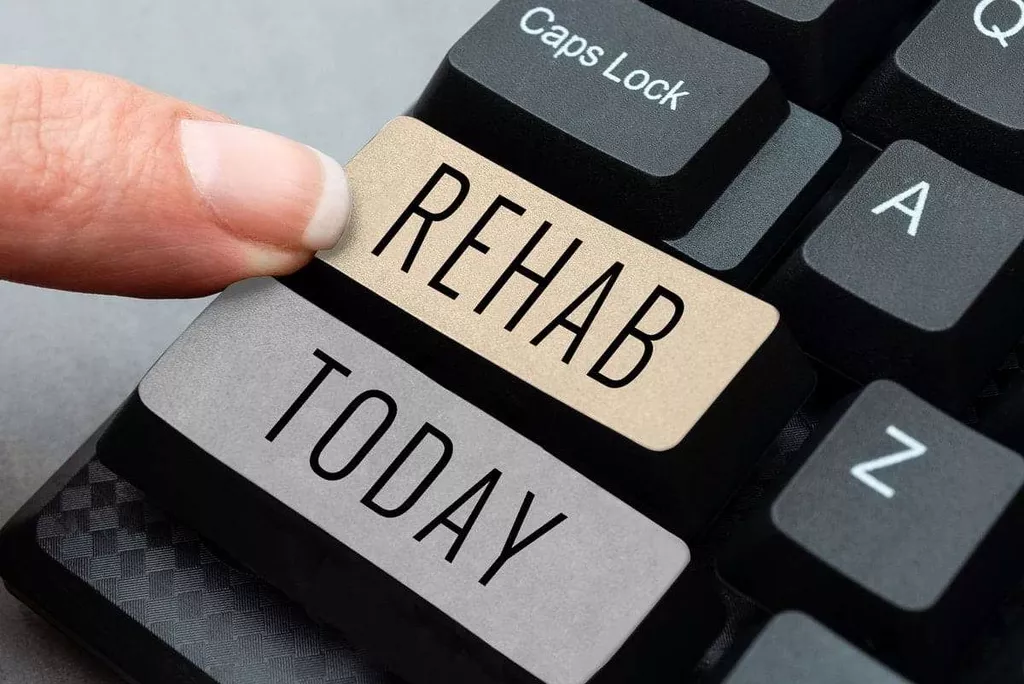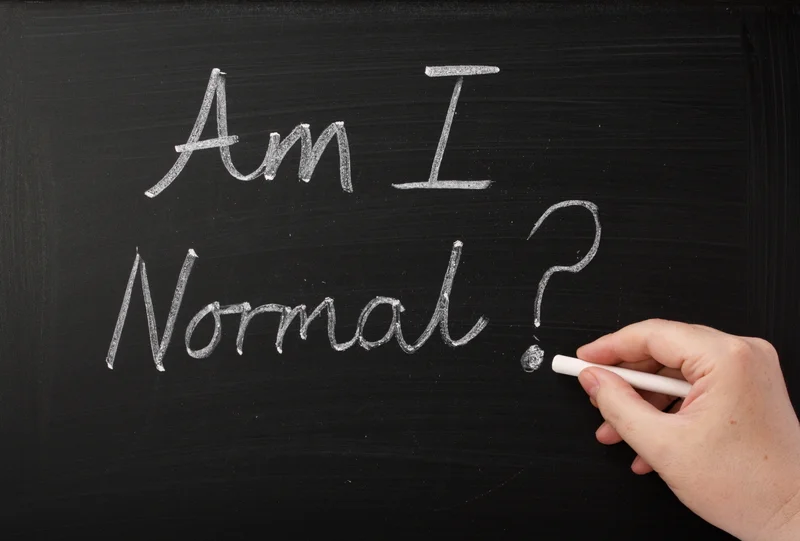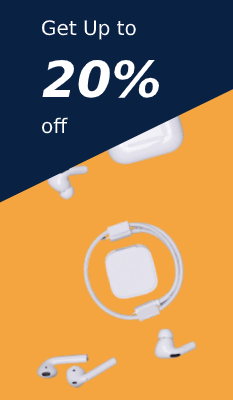
AddictionResource.net, and its parent company Recovery Guide LLC, is not a provider of substance use disorder treatment services and receives compensation from Treatment X LLC in the form of paid advertising. Addiction Resource aims to provide only the most current, accurate information in regards to addiction and addiction treatment, which means we only reference the most credible sources available. People who were prescribed ketamine alongside therapy had a lower chance of relapse than those who were only given therapy without ketamine treatment.
Risks and Benefits of Using Ketamine in Addiction Treatment

In 2014, however, the Misuse of Drugs Act reclassified ketamine, moving it from Class C to a Class B, hoping to send a message that the drug was harmful and not to underestimate its dangers. From all of us at UKAT, we would ask you to remain mindful of the dangers of ketamine use. Find rehab for yourself or a loved one by speaking with a treatment provider. Ketamine — also referred to as Special K, Kit Kat, Cat Valium, Dorothy, or Vitamin K — is an anesthetic for animals that is abused as a recreational drug.
Ketamine Addiction Treatment
- Counseling can help identify and address the underlying cause of ketamine use.
- There’s nothing I can do to make my bladder the way it once was,” said Collins, who’s unable to work due to her condition.
- The strict supervision of Esketamine in clinics helps to minimize these risks, but the possibility of psychological dependence should not be overlooked, especially in patients with a history of substance use disorders.
- Furthermore, there are psychopathological and neurobiological similarities between EDs and obsessive-compulsive traits 46, such as intrusive, repetitive, ego-dystonic thoughts and consecutive compulsion.
- If substance misuse disrupts work, school, and personal relationships, it can indicate a ketamine addiction.
Standard outpatient treatment may include attending counseling for a couple of hours per week, split up over one or two sessions. These programs are the least intensive alcoholism symptoms and most flexible option for those seeking ketamine addiction treatment. The timeline of ketamine withdrawal symptoms usually starts within hours after the last dose, with the most intense symptoms occurring during the first week.
What are the Risks of Ketamine Use?
Statistical analyses were performed at the conventional two-tailed α level of 0.05, using R software version 4.1 (R Core Team (2021), Vienna, Austria). We describe a case series of eight patients treated with intravenous Ketamine Adjuvant Treatment (KAT) combined with usual care. We also review the literature and discuss the theoretical mechanisms behind the influence of KAT in EDs. Our patients were all female, with a diagnosis of AN spectrum, and aged between 16 and 44. Some sessions were guided by psychomotor or psychological support, thus working on self-image, body perceptions, self-esteem, and sensorial re-exposure to “forbidden” food.

- Pain tells us when we’re injured or doing something that is likely to lead to injury.
- People who obtain ketamine from the streets may be at high risk for an overdose, since dealers may mix or cut the drug with other deadlier substances like the opioid fentanyl.
- The higher dose had a larger beneficial effect on craving and drug use, and benefits lasted until at least 24 weeks.
- There is an absolute lack of research into the treatment of ketamine use disorder.
For years, research focused on the role of monoamines—serotonin and norepinephrine—in depression and how traditional antidepressants worked. However, these treatments were often slow to take effect and yielded incomplete results. “Antidepressant drugs took a while to work—weeks and months—and also the response was too frequently incomplete,” Charney explains. Seeking alternative approaches, the pair turned their attention to the glutamate ketamine addiction system, hypothesizing that it could play a crucial role in depression. Finally, patients with EDs demonstrate serotoninergic hypo-functionality -presenting as obsessions and anxiety- and also impairment in the reward system 37.
The Difference Between Ketamine Infusions And Recreational Ketamine
He also acknowledges ketamine’s role as a precursor to ongoing studies on psychedelic treatments like psilocybin and MDMA, which may further transform mental health care in the future. On admission, she presented a restrictive AN with cognitive rigidity and DBI, without depression or suicidal ideation. She was started on EN and experienced anguish because of high resistance to weight increase. KAT was initiated, and six sessions were received, with an impressive improvement in cognitive rigidity, ruminations, and guilt after meals. She gained weight up to 44.8 kg (BMI 17.5 kg/m2) and returned home to continue treatment on an outpatient basis. As such, it is important to address the psychological issues that were the cause of ketamine abuse or were amplified by it.

Study description
Another recent randomized-controlled clinical trial in people with cocaine use disorder indicates ketamine might benefit people with problems with stimulants, too. In this study, 55 participants received either a single IV ketamine or midazolam session, and all had several mindfulness-based relapse prevention therapy sessions. Recent studies have investigated using ketamine for treating other forms of substance abuse. Other reports claim it can also be effective for non-drug addictions and other mental illnesses.

What Happens When Ketamine Is Mixed With Other Drugs?

But getting treatment for ketamine addiction now can put you back on the road to a successful and enjoyable life. If you have any rehab-related questions please contact a treatment provider today. Due to the unpredictable nature of ketamine, it is difficult for the user to gauge how much is too much. Sometimes an overdose can occur after a small dose of ketamine, especially if other drugs or alcohol have also been ingested. Many accidental overdoses occur when a user attempts to reach the “k-hole.” Because it is a tranquilizer, complete loss of mobility can occur; this is especially dangerous if the user cannot ask for help.
The safest way to get help for ketamine abuse is to visit an addiction treatment center that uses detox and therapy to treat symptoms. Ketamine has primarily been used in treatment-resistant depression 20, 21 and suicidal behaviors 22. Esketamine has also shown significant, albeit modest, beneficial effects in depression, although no effect was found in suicidality 23. Ketamine was first used for EDs in 1998 26, where it improved compulsion scores in 9 of the 15 patients, who consequently gained weight and resumed menses 26. Interestingly, a recent review suggests that ketamine might be effective as treatment in clinical non-respondent ED patients, irrespective of affective symptoms 14. Even after using ketamine for a brief period of time, there is a high probability that a user will experience what is called a “comedown.” The comedown is a drug-induced equivalent to a hangover and can be intense and dangerous.







Leave a Reply